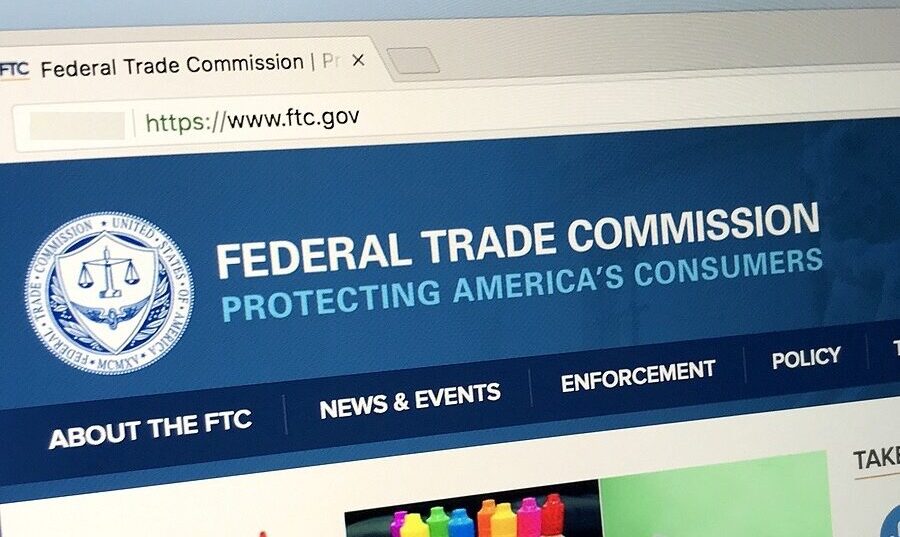
Six Concepts for Pricing Subscription Products
Pricing is one of the most significant tasks for a subscription business owner, from pre-launch research to the routine price tests that ensure you're getting the most sales and profits as is possible. Yet pricing is a nuanced task that many tend to overlook, or simply settle on a price that's a gut reaction based on what they perceive will bring them the highest amount of revenue. It goes without saying that knee-jerk reactions should be avoided at all costs. Instead, your pricing decisions sho...
HELLO!
This premium article is exclusively reserved for Subscription Insider PRO members.
Want access to premium member-only content like this article? Plus, conference discounts and other benefits? We deliver the information you need, for improved decision-making, skills, and subscription business profitability. Check out these membership options!
Learn more about Subscription Insider PRO memberships!
Already a Subscription Insider PRO Member?
Please Log-In Here!







